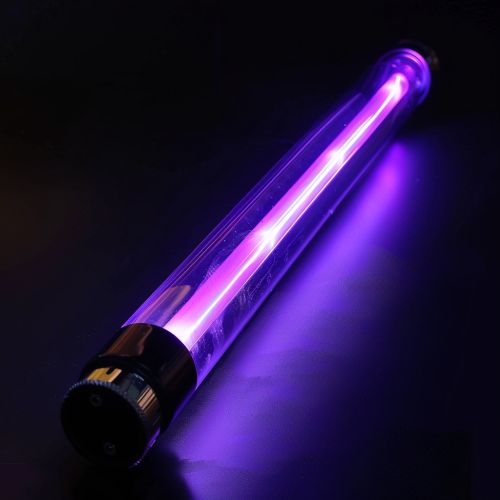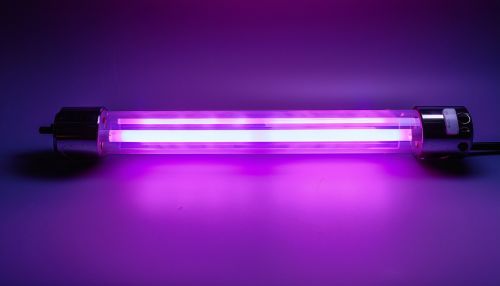UV Radiation
Introduction
Ultraviolet (UV) radiation is a form of electromagnetic energy that sits between visible light and X-rays in the electromagnetic spectrum. The term "ultraviolet" means "beyond violet", referring to its position in the spectrum beyond violet light. UV radiation is emitted by the sun and other celestial bodies, and is also artificially produced by certain types of electrical equipment, such as black lights and UV LEDs.


Types of UV Radiation
UV radiation is divided into three types: UVA, UVB, and UVC, each with different properties and effects.
UVA Radiation
UVA radiation, or long wave ultraviolet light, has the longest wavelength and is the least energetic of the three types. It accounts for approximately 95% of the UV radiation that reaches the Earth's surface. UVA radiation can penetrate deep into the skin and is responsible for immediate tanning. It also contributes to skin aging and wrinkling.
UVB Radiation
UVB radiation, or medium wave ultraviolet light, is more energetic than UVA and is responsible for delayed tanning and burning. It plays a key role in the development of skin cancer and contributes to skin aging. Unlike UVA, UVB radiation is partially absorbed by the Earth's atmosphere.
UVC Radiation
UVC radiation, or short wave ultraviolet light, is the most energetic and potentially the most harmful of the three types. However, it is almost completely absorbed by the Earth's atmosphere and does not reach the surface. UVC radiation is used in artificial sources, such as germicidal lamps for disinfection.
Effects of UV Radiation
UV radiation has both beneficial and harmful effects on human health.
Beneficial Effects
Exposure to UVB radiation is essential for the production of vitamin D in the skin. Vitamin D is necessary for bone health and plays a role in immune system function.
Harmful Effects
Excessive exposure to UV radiation can lead to a variety of health problems, including skin cancer, cataracts, and immune system suppression. UV radiation can also damage the DNA in skin cells, leading to mutations.
UV Radiation and the Ozone Layer
The ozone layer in the Earth's stratosphere absorbs most of the Sun's UV radiation. Depletion of the ozone layer by chemical pollutants increases the amount of UV radiation that reaches the Earth's surface, posing a threat to human health and the environment.
UV Radiation in Everyday Life
UV radiation is present in everyday life, from natural sunlight to artificial sources such as tanning beds and black lights. It is important to protect oneself from excessive UV exposure by using sun protection measures such as sunscreen, clothing, and sunglasses.
